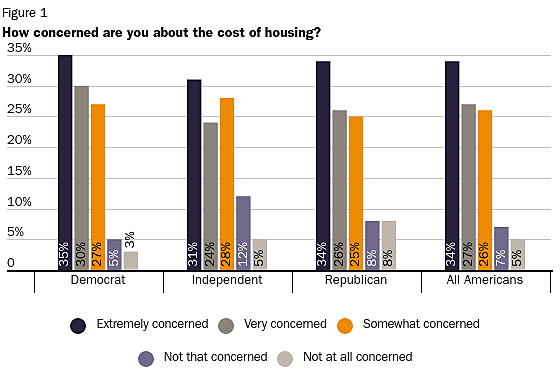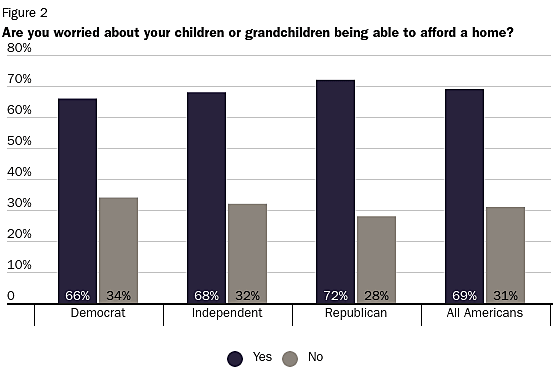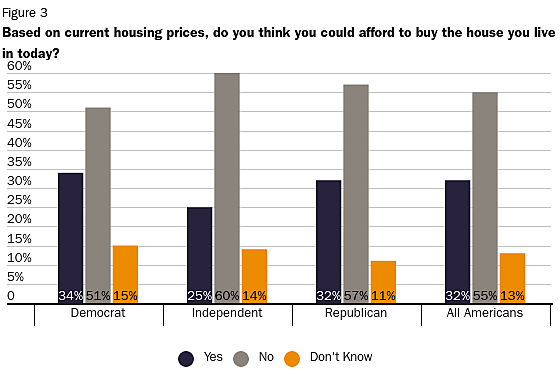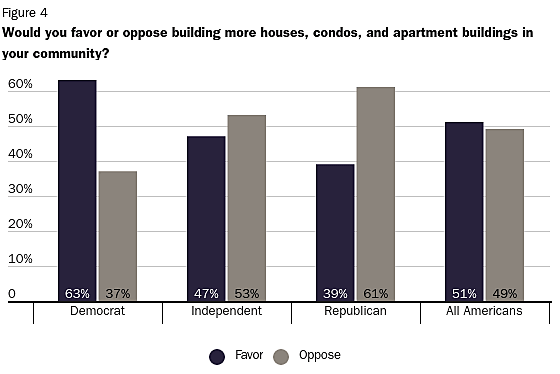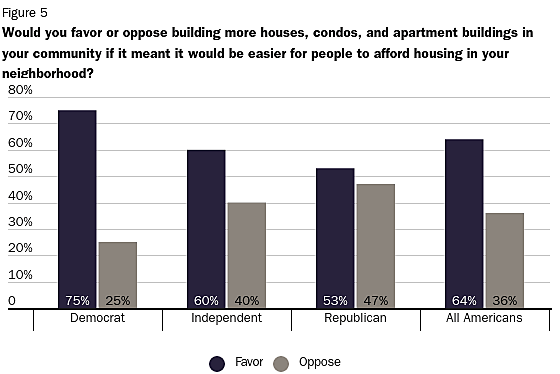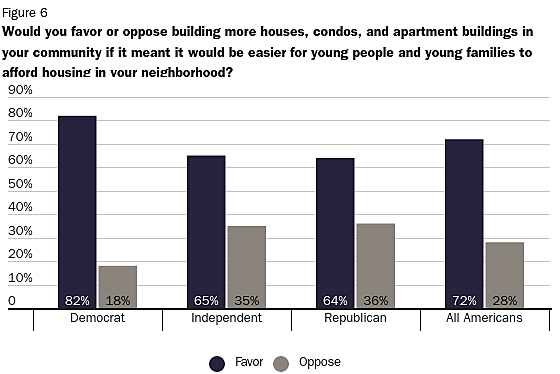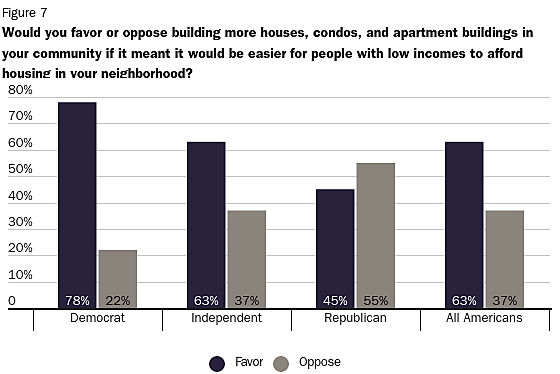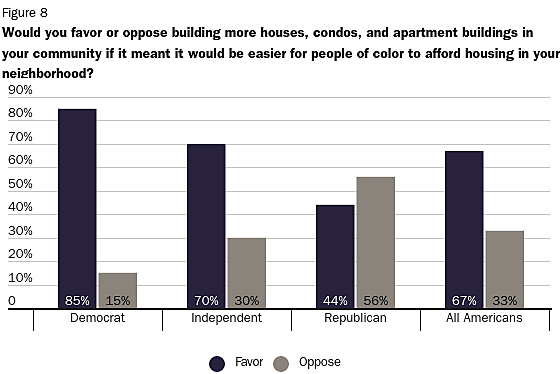New analysis produced by the Joint Committee on Taxation (JCT) finds that extending the American Rescue Plan’s (ARP) Child Tax Credit (CTC) expansion would result in costly economic consequences.
Last year’s CTC expansion increased the credit up to $3,600 per qualifying child (from $2,000), including a bonus for children under six years old. The expansion also eliminated the income (read: work) requirement and allowed the full value of the credit to be refunded. This ensures that the tax “credit” functions more like a welfare program administered through the tax code.
Combining two different macroeconomic models, the Joint Committee on Taxation (JCT) estimates the effect of extending the CTC expansion and finds a number of negative effects. The proposal is estimated to both discourage labor supply and capital investment. Because it changes the incentives for labor supply and capital, and these changes are larger than the effects on household consumption, JCT finds GDP declines by 0.1–0.3 percent.
An important caveat with macroeconomic models like the ones used by JCT is that economic outcomes of the model rest heavily on their assumptions. For instance, with lower labor supply elasticities, the effects would be muted. However, the negative effects that the JCT model finds seem, at minimum, directionally sound.
This is not the first study of the CTC expansion to find costly consequences for workers. A 2021 study by Kevin Corinth and Bruce Meyer et al estimated the expanded CTC would push 1.5 million workers, constituting 2.6 percent of working parents, to leave the labor force. They concluded that previous National Academies of Sciences, Engineering, and Medicine (NASEM) estimates for the expanded CTC’s ability to reduce child poverty and deep child poverty were exaggerated since the authors had ignored the labor supply effects resulting from the elimination of (pro-work) elements of the previous version of the CTC.
In response to criticism from authors of the original estimates, Corinth, Meyer, et al responded with a research note further clarifying their analysis. Using a labor elasticity on par with what the NASEM report used in its Earned Income Tax Credit (EITC) estimates, they found that the negative labor supply effects were still comparable to their initial results.[i]
In addition to the effects on labor supply, investment, and GDP, ARP changes to the CTC have also reportedly resulted in fraud, similar to the traditional EITC program: a September 2022 U.S. Treasury Inspector General for Tax Administration (TIGTA) review of the Advance CTC program finds that “3.3 million payments, totaling over $1.1 billion, were sent to 1.5 million taxpayers who should not have received them…these payments… included instances in which a dependent did not meet age requirements, was deceased, or was claimed on another tax return.”[ii] Meanwhile, the IRS did not send 8.3 million payments to those that qualified for the benefit.
Why does any of this matter? Proposals to augment the benefit, make benefit payments monthly, or increase the credit’s refundability are bound to continue, with the less-recent (and more modest) Tax Cut and Jobs Act CTC expansion set to expire in 2025.[iii] And with a divided congress, tax credit expansions may be one thing that Republicans and Democrats find common ground on, since—at least historically—both parties are fond of expanding these programs.
As a result, it is important that what lessons can be learned from recent experiments are internalized by policymakers. Since there is growing evidence that the ARP formulation of CTC is economically harmful, and that its monthly payment program has produced administrative challenges and fraud, these findings should be carefully considered in future discussions.
Moreover, although the proportion of families with children with one or more working parents is an imperfect measure of the American family’s level of self-sufficiency, it is nonetheless one indication of the extent to which families are free and self-determining. And it is only when families are independent that families are empowered.
As policymakers continue to look for ways to make family life easier, more convenient, and more affordable, it is key that they avoid reforms that inadvertently undermine families or reduce the size of the economy and associated opportunities for workers.
